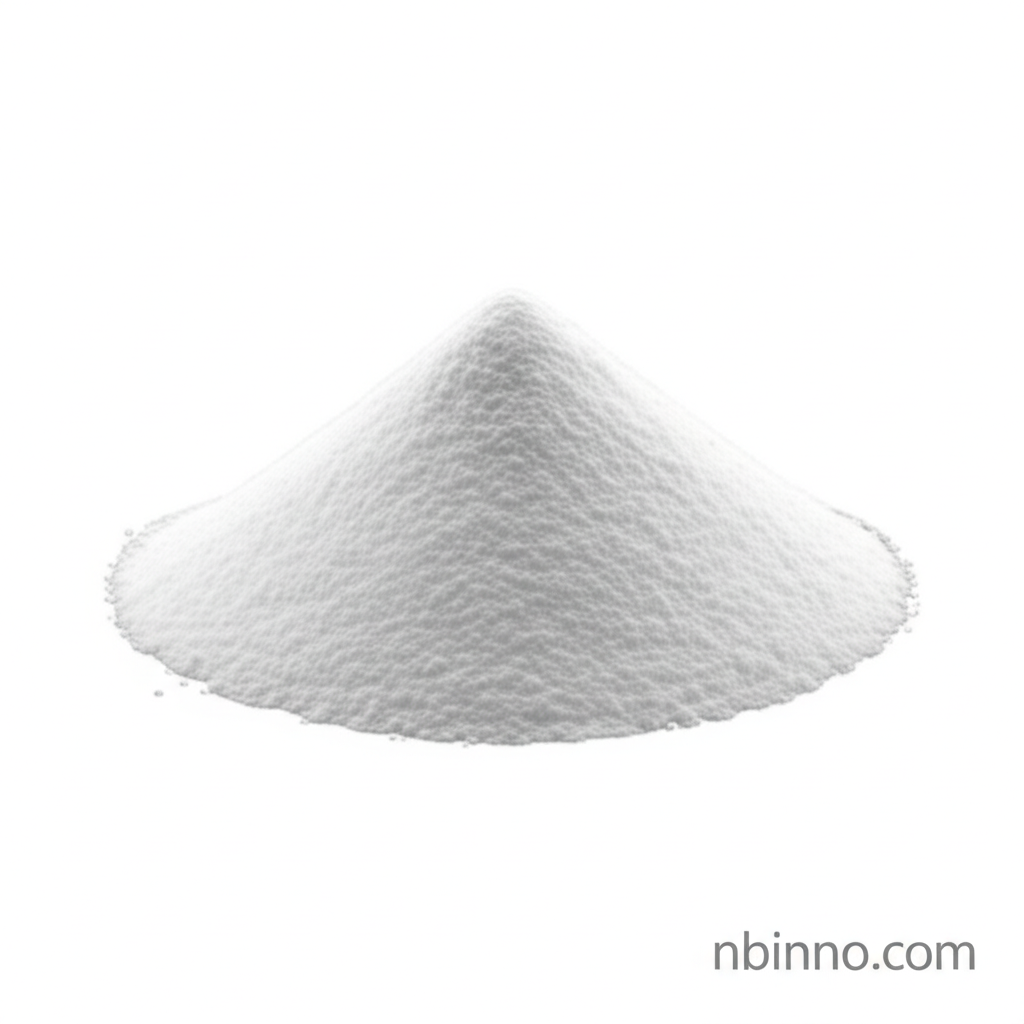Bis(2-oxo-3-oxazolidinyl)phosphinic Chloride: Revolutionizing Peptide Synthesis
Discover the power of our advanced coupling reagent for high-yield, low-epimerization peptide bond formation.
Get a Quote & SampleProduct Core Value

Bis(2-oxo-3-oxazolidinyl)phosphinic Chloride
This highly effective coupling reagent, known as BOP-Cl, is crucial for efficient amide and ester formation in chemical synthesis. It excels in acylating N-methylated amino acids and in the introduction of thiopeptide bonds with imino acids, ensuring high yields and minimal epimerization, making it a cornerstone for complex peptide synthesis.
- Explore the benefits of using BOP-Cl for efficient acylation of N-methylated amino acids in your research.
- Discover how this coupling reagent facilitates the formation of thiopeptide bonds, enhancing your synthesis capabilities.
- Understand the advantages of using advanced peptide synthesis reagents like BOP-Cl for superior yields and reduced epimerization.
- Learn about the chemical properties and applications of Bis(2-oxo-3-oxazolidinyl)phosphinic chloride in modern organic synthesis.
Key Advantages
High Efficiency in Peptide Coupling
Utilize BOP-Cl to achieve superior results in peptide bond formation, a critical step in synthesizing complex peptides.
Suppression of Epimerization
Minimize unwanted stereochemical changes during synthesis, ensuring the purity and integrity of your target molecules.
Versatile Acylation Capabilities
Effectively acylate N-methylated amino acids, expanding the scope of molecules you can synthesize with this versatile reagent.
Key Applications
Amide Bond Formation
This reagent is a primary choice for the efficient formation of amide bonds, a fundamental linkage in peptides and other organic molecules.
Ester Synthesis
Leverage BOP-Cl for effective ester formation, broadening its utility in various chemical synthesis pathways.
Thiopeptide Synthesis
Specialize in creating thiopeptide bonds with imino acids, pushing the boundaries of peptide chemistry.
N-Methyl Amino Acid Acylation
Achieve precise acylation of N-methylated amino acids, a crucial step for many complex peptide structures.
